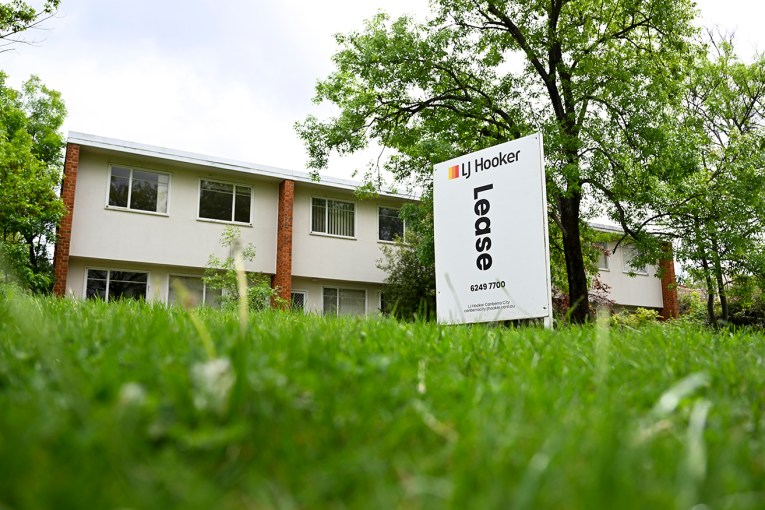Bank Australia drops home loan rates below 3 per cent ahead of RBA meeting


Home loan rates are falling. Photo: Getty
Bank Australia has joined the growing club of lenders offering home loan rates below 3 per cent.
The non-major lender has cut its Basic Home Loan rate to just 2.95 per cent (2.99 per cent comparison rate) in response to increased competition in the mortgage market.
And Bankwest has slashed rates on all of its fixed loans, too.
Commonwealth Bank-owned Bankwest now charges 2.93 per cent (3.84 per cent comparison rate) and 4.09 per cent (3.85 per cent comparison rate) on its fixed 3-year and 5-year owner-occupier loans respectively.
Canstar financial services executive Steve Mickenbecker told The New Daily the cuts reflected the “incredibly competitive” nature of today’s mortgage market.
“Rates are falling even though the Reserve Bank hasn’t met for the best part of two months, so the market’s very competitive and everyone wants to gain market share,” he said.
“Some of them lost a lot during the royal commission, so there’s a real effort to claw back that market share.”

Neither Bankwest nor Bank Australia are the most competitive.
Bankwest has also made some of their interest-only investor loans cheaper than their interest-only owner-occupier loans.
Mr Mickenbecker said this showed banks were loosening restrictions on investor lending that APRA first imposed in 2017.
Clint Howen, founder of online site Hero Broker, told The New Daily the competitive pricing showed banks believed house prices would continue to rise.
“Now that the doomsday has come and gone in the property market, banks feel confident in giving money to people who want to invest in property,” Mr Howen said.
“Sometimes it’s to do with their pools, as well,” he added.
“Bankwest might feel that their loan book is too loaded up on owner-occupiers.”
The home loan cuts come after the nation’s largest broker network, AFG, found the market share of the major lenders had dropped to a new record low.
AFG’s latest index, released on Thursday, showed non-major lenders accounted for 47 per cent of new mortgages in the September quarter – the highest proportion since 2007.
“For the first time more than half of the loans taken out by property investors were secured through non-major banks, while first home buyers (traditionally strong supporters of the majors) also voted with their feet, with a record 36 per cent of loans arranged with a non-major bank,” the report said.
Macquarie Bank and Citibank were the non-major lenders that increased their market share the most in 2019, while NAB made the biggest gains among the top four.
The report found the value of new home loans in the last three months of 2019 was up 19 per cent on the year before.
“It’s very clear that buyers have been enticed back to the market and the data is showing us that there is an incontestable trend away from the major banks,” AFG chief executive David Bailey said.
“Consumers are empowered by the enhanced competition in the home loan sector generated by mortgage brokers and are reaping the benefits through greater choice and lower prices.”
The Reserve Bank is unlikely to add to the downward pressure on rates next month, though.
Market expectations of a February rate cut plummeted to 25 per cent following a stronger than expected employment report.
ABS figures showed Australia’s unemployment rate dropped from 5.2 per cent to 5.1 per cent in December.
While that same jobs report showed 300 full-time jobs had been lost and underemployment remained at 8.3 per cent, the market interpreted the data as good news.
And most economists now believe the Reserve Bank will hold fire on February 4.
Meanwhile, ANZ, CBA, Westpac and AMP Capital have all abandoned their expectations of a rate cut next month, with most forecasting the first of two cuts will come in April.
Westpac chief economist Bill Evans said the slight improvement in the unemployment rate was “unsustainable” given persistent weakness in the economy.
“We believe that the current positive signals around the labour market will prove to be unsustainable and we continue to expect that the unemployment rate will drift higher through 2020, reaching 5.5 per cent by mid-year,” Mr Evans said.
“We also expect that the data associated with the core issues highlighted by the Board – wages growth; inflation; consumer spending – will signal that further monetary stimulus will eventually be required.”










